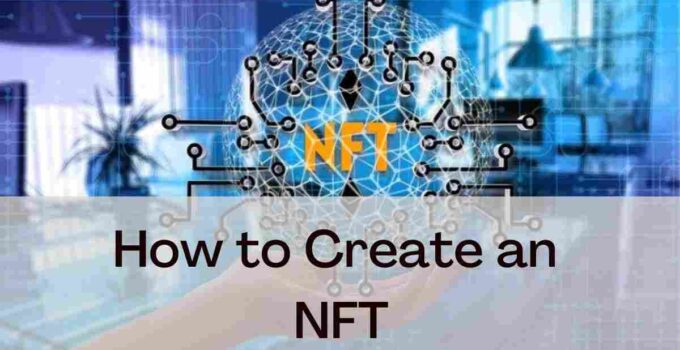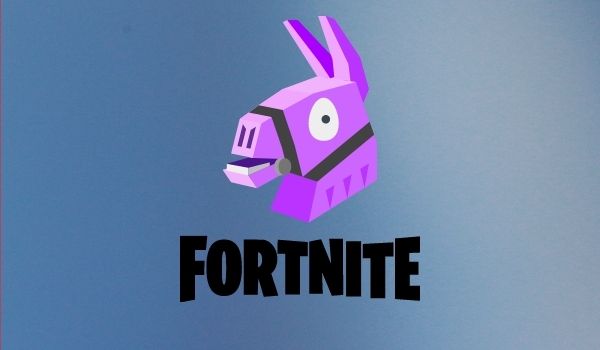Non-fungible tokens (NFTs) have been trending a lot lately and seem to currently be the talking point in the cryptocurrency space. While it has been receiving a hard push from celebrity endorsements, the actual daily trading volume is a healthy indicator that we may have the next big thing in our hands if it’s not even the biggest thing right now.
NFT Platforms let you mint and upload your digital item on the blockchain. In this article, we will go through a step-by-step guide on creating an NFT and listing it in the NFT market. Before we get deep into the business, let’s take a look at the meaning of NFTs, so we know exactly what we’re dealing with.
What is an NFT?
According to the world’s largest cryptocurrency exchange, a crude way to explain NFTs is by seeing them as “shiny Pokémon cards” but with a twist – in the collector’s mind. It’s easy for anyone to print a new Pokémon card to resemble the original, but it’s never the same in the mind of the NFT holder. Just as we value the uniqueness and authenticity of Pokémon cards, that’s how we value NFTs.
Non-fungible tokens (NFTs) are cryptographic assets on the blockchain. Each NFT carries unique identification codes and metadata that make it different from others, even if they belong to the same series. NFTs are represented by digital artworks like pictures, animated videos, or music. They can be bought, sold, and exchanged on the NFT marketplace.
How to make an NFT
Below are six step-by-step guides to creating your first NFT.
Step #1 Decide on what you’re creating
While this might be a no-brainer to most of us, it’s important we spell it out all the same. You need to have an idea of whatever piece of digital art you’re going to be minting (the process of producing or creating something), this way, you even get to evaluate its value.
You may decide to work on a wide range of options, from video game collectibles to custom paintings, pictures, music/video, a meme, GIF, a tweet, or even that Pokémon card. Remember that the goal is to create something that’s unique – that should be your primary objective.
Step #2 Decide on what Blockchain you’ll use for Minting
This step is perhaps where you might spend much of your time in decision-making. There are many blockchains that can mint NFTs; however, there is a catch with whichever you pick.
1. Ethereum
The Ethereum blockchain was the first major blockchain to support the minting of NFTs. Today, it hosts thousands of NFT collections under the ERC-721 standard. The ERC-721 standard was developed by the same team that made the ERC-20 smart contract – the level of security and accessibility is one of the best in the NFT space.
While that’s the case, Ethereum has also consistently made improvements – it now supports the proof-of-stake (PoS) consensus mechanism. This makes the blockchain more eco-friendly, meaning more users.
2. Solana
Solana is the next best thing after the Ethereum blockchain. Primarily created to be a faster and low-cost alternative to Ethereum, this blockchain offers transaction fees that can be less than $0.01. Also, Solana adds proof-of-history (PoH) to the PoS consensus mechanism for transaction execution, allowing it to be faster than Ethereum.
3. Flow
Flow is also another credible blockchain alternative working under the PoS consensus mechanism. This blockchain is ideal for gaming apps – it currently hosts the popular NBA Top Shot NFT collection. It’s massively used in sports-focused NFTs, so you might want to have them as your top candidate if that’s what you plan on creating.
Other blockchain options like Tezos, Polkadot, Cosmos, and Binance Smart Chain are also great options. You just have to do your research to find out which best suits your project.
Step #3 Open a Wallet for your NFTs
If you’ve already been into cryptocurrency, then this shouldn’t be much of a hassle. Most popular decentralized wallets support NFT storage – non-custodial wallets like Metamasks and Ledger Nano X are ideal for NFT storage. While that’s the case, some exchanges like Coinbase and Binance offer digital wallets, which can also properly store NFTs depending on the type of token.
Step #4 Decide on which NFT Platform to use
NFT platforms can also be called NFT marketplace; it’s where you’ll be able to display and sell your NFTs if you ever decide to list them for sale. A constantly growing list of NFT platforms allows you to create and list your NFTs for sale; here are some popular options from the bunch.
1. OpenSea
OpenSea is the largest and most popular NFT platform and marketplace in the NFT space. With over 2 million NFT collections listed, and a total trading volume exceeding $20 billion since launch in 2017, it’s hard to argue if another marketplace can be better. Most Ethereum-based NFTs are listed on OpenSea – which gives a view of the size of the space.
2. Solanart
Solanart is an NFT platform designed for Solana-based NFTs. Even though OpenSea has recently started offering support for Solana-based NFTs, the slick interface and relatively simpler application process of Solanart is something that would make you choose it over OpenSea, especially if you’re minting on the Solana blockchain.
While that’s the case, there are many other NFT platforms where you can mint NFTs, and some are even free. More so, large crypto exchanges like Binance also offer a marketplace for NFTs hosted on its blockchain.
Step #5 Create your NFT
Here’s where you work with the NFT platform you choose from the previous step. This guide will use OpenSea as an example, as it’s the most popular NFT marketplace.
- Connect your Wallet: in the OpenSea menu, navigate to the wallet icon, and choose the wallet you’d like to connect. Complete the authentication on through your wallet app
- Select the “Create” option: next, you’ll see a menu for the NFT creation process. Fill in the contents and upload the files and details.
- Choose your Blockchain: you want to be careful here because it can’t be changed once the NFT is minted.
- Tap on “Create” to round up: once done filling in the details, cross-check, then use the “create” button to mint your NFT.
Step #6 List your NFT for Sale
Now is the time to list the NFT for sale so that the metadata can be crystalized (assigned permanently to the NFT). You want to open your wallet, hit the “sell” button, and choose the platform and listing price together with how long you want it to be available for sale. After filling in the details, you’ll be taken to a page to sign some transactions related to the listing in your wallet. While the price for mining an NFT in Solana can be less than $0.01, the minimum price for listing on the Ethereum blockchain is $1 and can go as high as $500.



